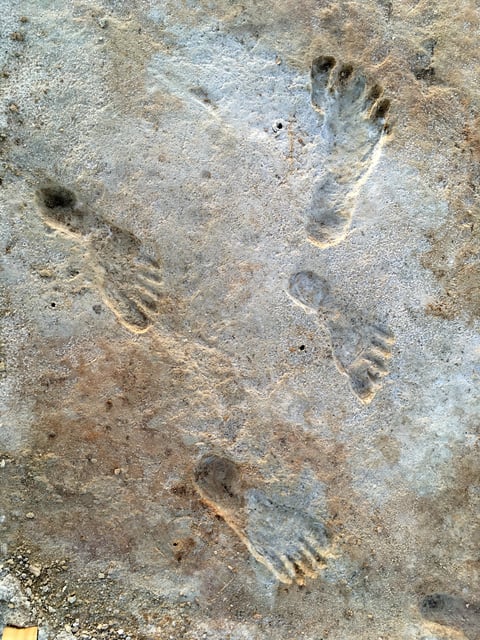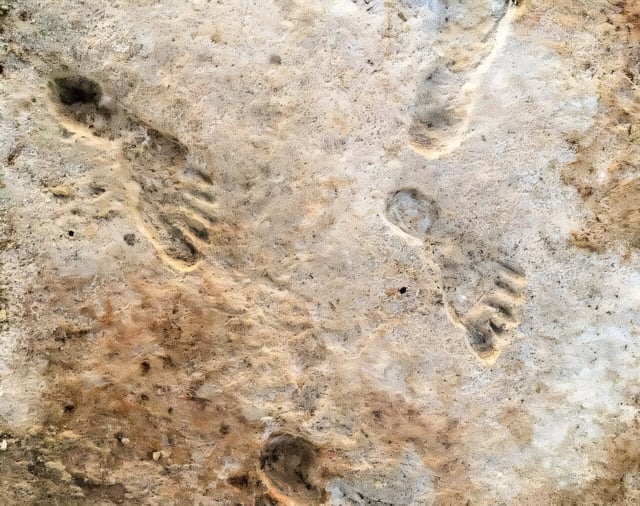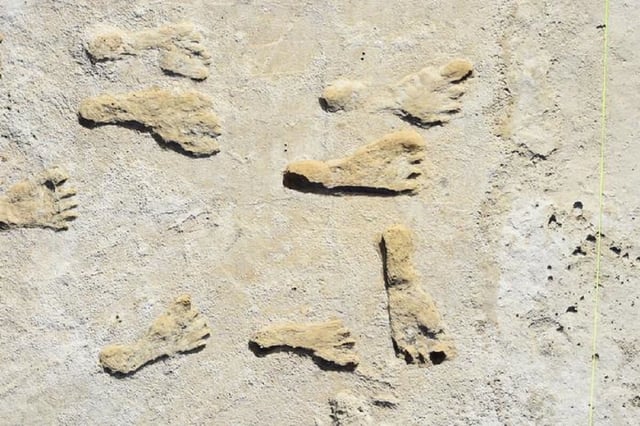Overview
- The latest study used radiocarbon dating of ancient mud to date White Sands footprints to 20,700–22,400 years old, matching previous 21,000–23,000-year estimates.
- Researchers have now amassed 55 consistent radiocarbon dates across three laboratories and multiple materials, strengthening the case for an earlier peopling of North America.
- The footprints were preserved in clay and silt layers of a dried lakebed, indicating they were left by transient hunter-gatherers passing through the area.
- These findings challenge the view that humans first reached North America 13,000–16,000 years ago and suggest a presence during the Last Glacial Maximum.
- Despite robust dating, no artifacts or settlements have been found at the site, which researchers attribute to the brief nature of the footprints’ trackways.


